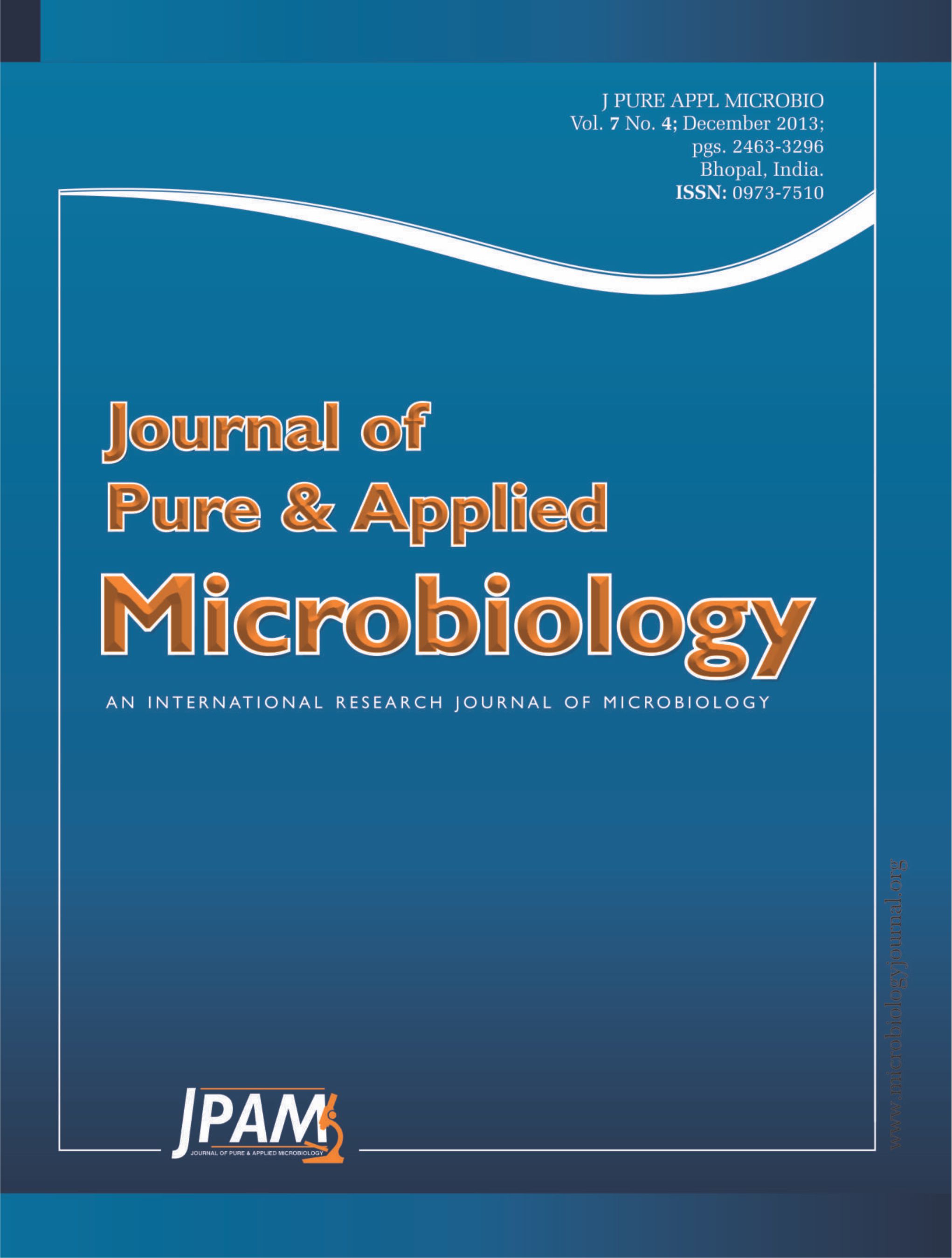Four important plant pathogenic fungi were subjected to evaluate the antifungal potentiality of Citrullus colocynthis. It was recorded that the growth of Fusarium oxysporum, Alternaria alternata, Macrophomina phaseolina and Colletotrichum musae were significantly (Pd” 0.01) reduced by extract of C. colocynthis obtained by various solvents (water, acetone, ethanol, methanol and chloroform). Ethanolic extract gave the most promising results against all tested fungi. M. phaseolina was observed to be highly sensitive to the ethanol extract and zone of inhibition was 26.5 mm. Ethanolic extract rendered highest the percent growth reduction of M. phaseolina (41.67%). The growth F. oxysporum, C. musae and A. alternata were reduced by 37.2%, 35.67% and 28.935% respectively by the ethanolic extract of C. colocynthis. GC-MS analysis of crude extract showed that the major components of the crude extract were l-(+)-Ascorbic acid 2,6-dihexadecanoate (94.2%), Eicosanoic acid (92.3%) and 2-Heptadecenal (91.8%).
Antifungal activity, Citrullus colocynthis, Plant pathogenic fungi, GC-MS
© The Author(s) 2013. Open Access. This article is distributed under the terms of the Creative Commons Attribution 4.0 International License which permits unrestricted use, sharing, distribution, and reproduction in any medium, provided you give appropriate credit to the original author(s) and the source, provide a link to the Creative Commons license, and indicate if changes were made.


